Twitter Details Political Ads Ban, Issue Ads Allowed
The ban will also apply to nonpolitical ads from candidates, political parties and elected/appointed government officials.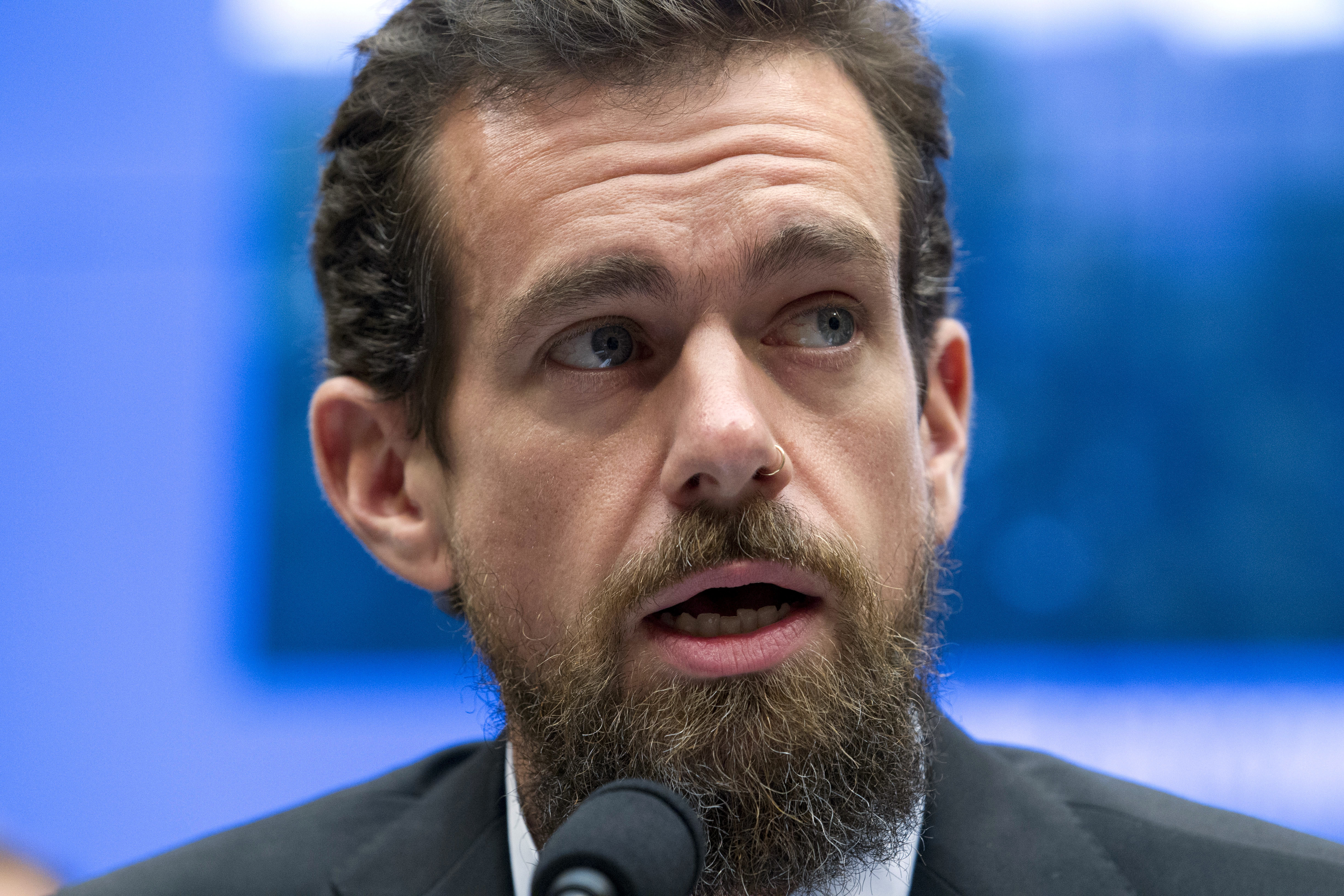 Twitter CEO Jack Dorsey. (Jose Luis Magana / AP)
Twitter CEO Jack Dorsey. (Jose Luis Magana / AP)
Twitter says its new ban on political ads will cover appeals for votes, solicitations for campaign contributions and any political content.
Twitter is defining political content to include any ad that references a candidate, political party, government official, ballot measure, or legislative or judicial outcome. The ban also applies to all ads — even nonpolitical ones — from candidates, political parties and elected or appointed government officials.
However, Twitter is allowing ads related to social causes such as climate change, gun control and abortion. People and groups running such ads won’t be able to target those ads down to a user’s ZIP code or use political categories such as “conservative” or “liberal.” Rather, targeting must be kept broad, such as based on a user’s state or province.
News organizations will be exempt so they can promote stories that cover political issues.
Twitter announced its ban on political ads last month, but didn’t release details until Friday. The policy is in stark contrast to Facebook’s approach of allowing political ads, even if they contain false information. Facebook has said it wants to provide politicians with a “level playing field” for communication and not intervene when they speak, regardless of what they’re saying.
Drew Margolin, a Cornell University communications professor who studies social networks, said Twitter’s broad ban is a reflection that “vetting is not realistic and is potentially unfair.”
He said a TV network might be in a position to vet all political ads, but Twitter and Facebook cannot easily do so. While their reliance on automated systems makes online ads easier and cheaper to run, Margolin said it also makes them an “attractive target” for spreading misinformation.
Response to Twitter’s ban has been strong and mixed, with critics questioning the company’s ability to enforce the new policy given its poor history banning hate speech and abuse from its service. The company acknowledges it will make mistakes but says it’s better to start addressing the issue now rather than wait until all the kinks are worked out.
Political advertising makes up a small sliver of Twitter’s overall revenue. The company does not break out specific figures each quarter, but said political ad spending for the 2018 midterm election was less than $3 million. It reported $824 million in third-quarter revenue.
Because of this, the ban is unlikely to have a big effect on overall political advertising, where television still accounts for the majority of the money spent. In digital ads, Google and Facebook dominate.
Unlike Facebook, which has weathered most of the criticism, Google has been relatively quiet on its political ads policy. It has taken a similar stance to Facebook and does not review whether political ads tell the truth.
Twitter, Facebook and Google already take steps to prevent political manipulation by verifying the identities of some political advertisers — measures prompted by the furor over Moscow’s interference. But the verifying systems, which rely on both humans and automated systems, have not been perfect.
Your support is crucial…With an uncertain future and a new administration casting doubt on press freedoms, the danger is clear: The truth is at risk.
Now is the time to give. Your tax-deductible support allows us to dig deeper, delivering fearless investigative reporting and analysis that exposes what’s really happening — without compromise.
Stand with our courageous journalists. Donate today to protect a free press, uphold democracy and unearth untold stories.

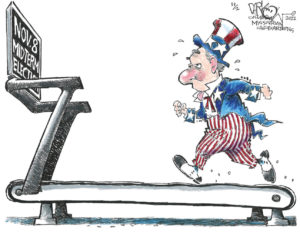
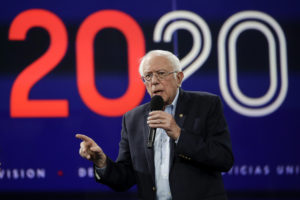
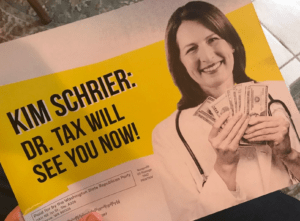

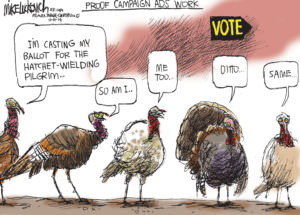
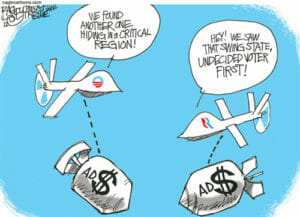


You need to be a supporter to comment.
There are currently no responses to this article.
Be the first to respond.